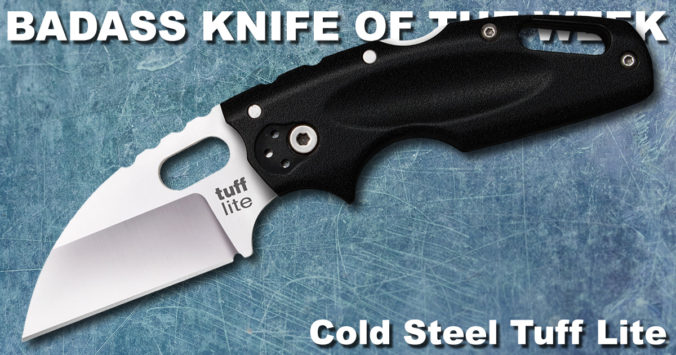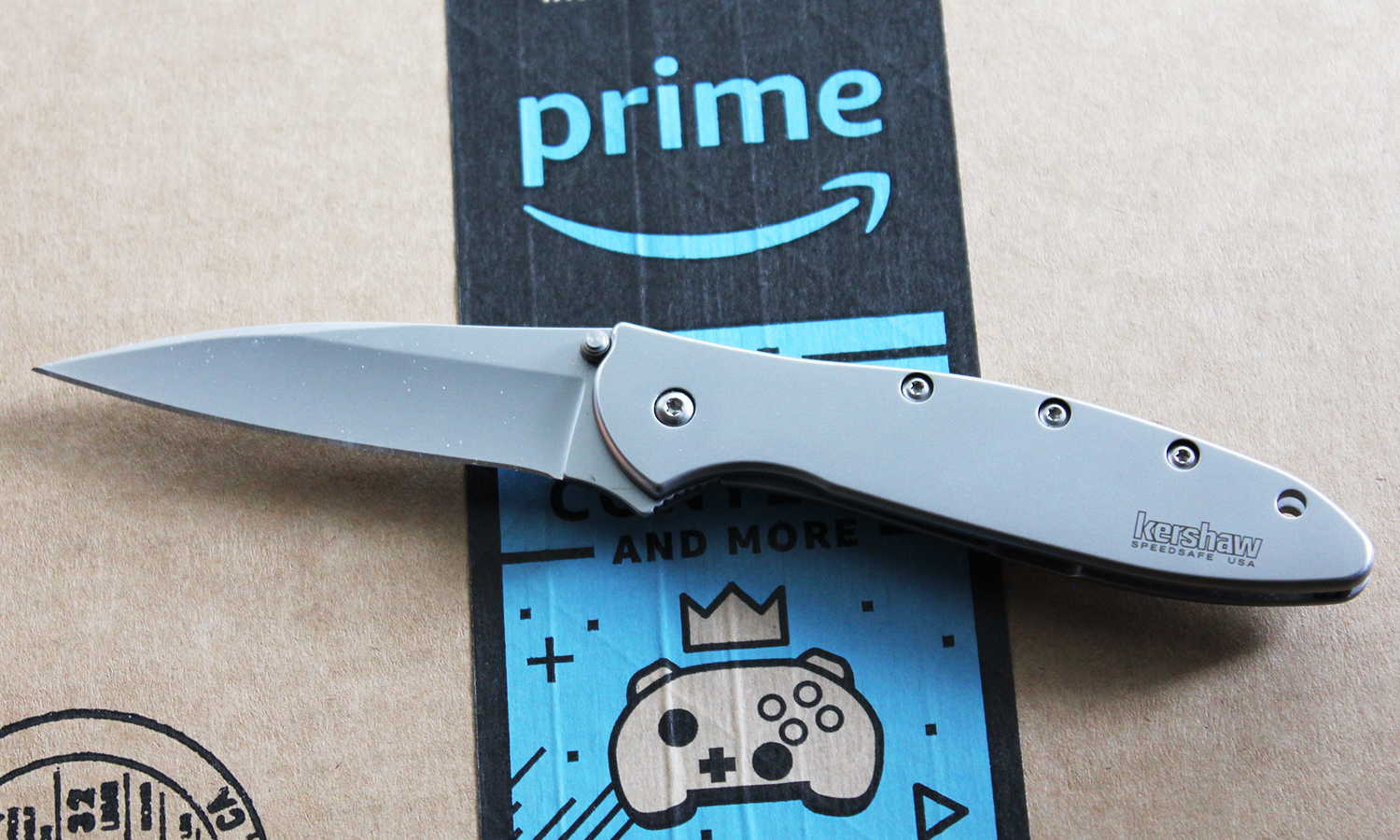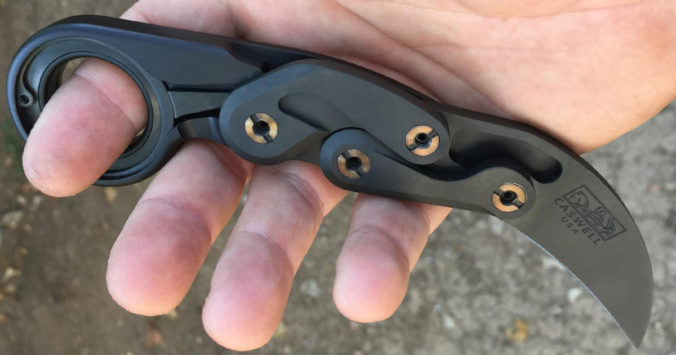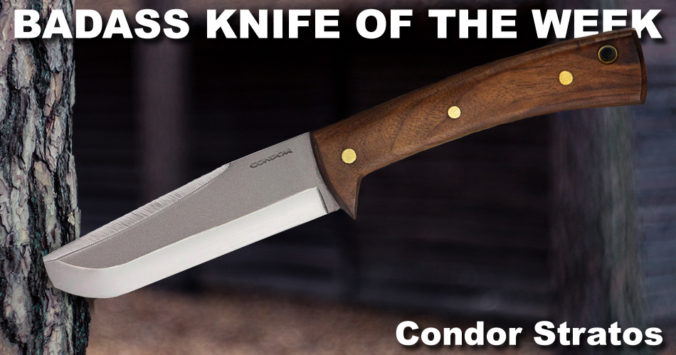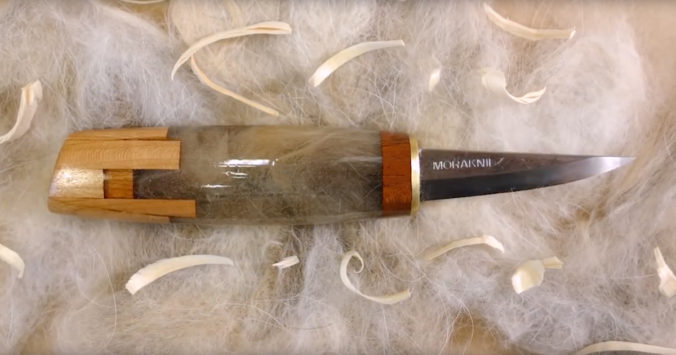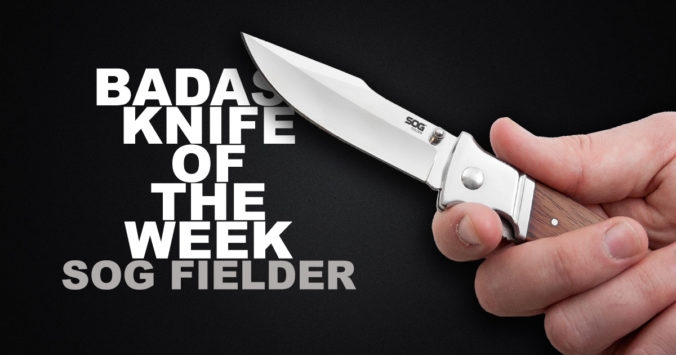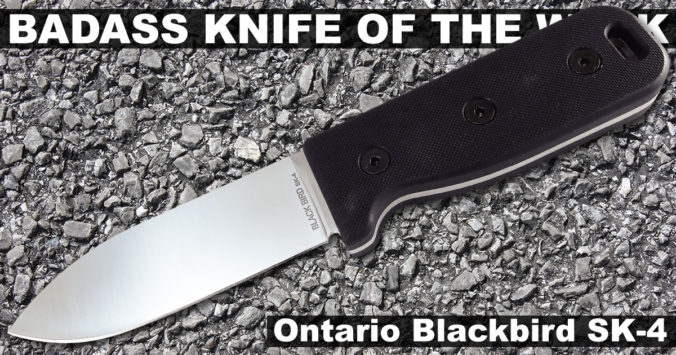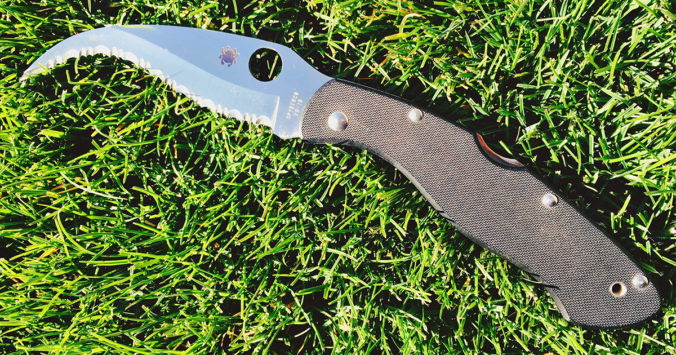Cold Steel is known for its humungous folding knives with blades stretching up to 6 inches long. But what if I told you one of Cold Steel’s best knives was a small folder with a cute little Wharncliffe blade.
That would be the Cold Steel Tuff Lite — the latest Badass Knife of the Week.
Cold Steel creates knives that are meant to be worked hard without fear of failure. Despite the Tuff Lite’s small size and stature, Cold Steel delivers.
The blade features a 2.5-inch blade made from Japanese AUS 8A stainless steel, an alloy known for its ease to sharpen and toughness. Using a classic Wharncliffe design, the blade has a straight edge and a point that can pierce. This underrated blade shape is deceptively versatile for everyday carry.
